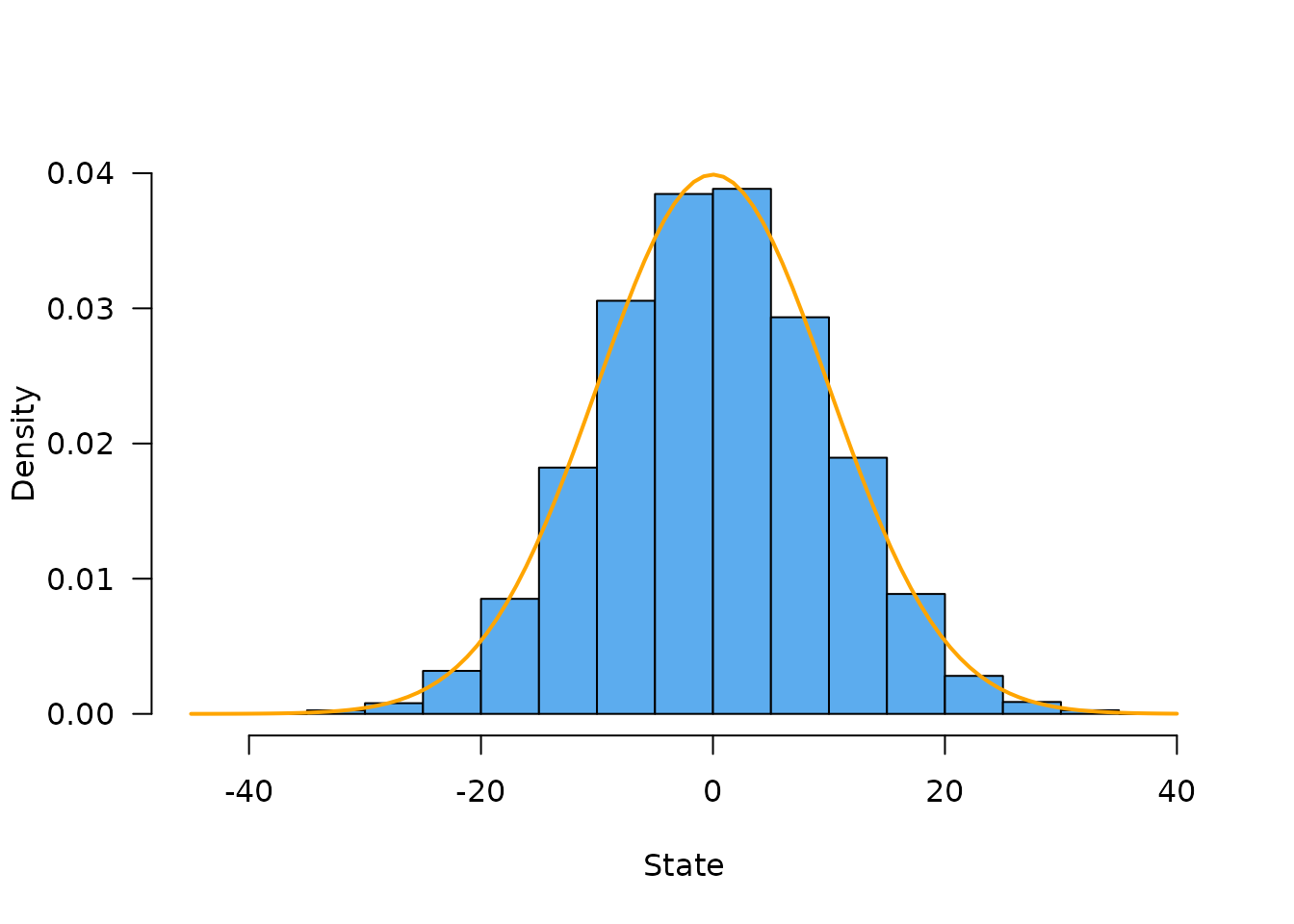

This parallel model could drive behaviors across a range of complexity, from the sequential typing of letters on a keyboard in humans to the selection of which behavior to perform first in mollusks ( Houghton and Hartley, 1995). Completion of the highest priority movement lifts suppression on movements of lower priority that are subsequently performed according to a new round of competition and suppression.

In the case of a behavioral sequence, it is proposed that the different movements to be performed are similarly readied in parallel and in competition for output, and a suppression hierarchy determines their priority order of execution ( Lashley, 1951 Houghton and Hartley, 1995 Bullock, 2004). These conflicts can be resolved through the suppression of all but the highest priority behavior, as mollusks do to suppress their mating behavior while feeding ( Davis, 1979 Kupfermann and Weiss, 2001 Kristan, 2008). Behavioral competition arises in situations where different mutually exclusive behaviors are appropriate, but they must be performed one at a time ( Houghton and Hartley, 1995 Redgrave et al., 1999). One of the primary models of sequential behavior is reminiscent of how animals select among competing behavioral choices. IntroductionĪ major question about nervous system function is how different movements are assembled to form behavioral sequences. This reveals a mechanism whereby parallel sensory inputs can be integrated and stored to elicit a delayed and sequential grooming response. Moreover, the sequence proceeds after the sensory excitation is terminated, indicating that a persistent trace of this excitation induces the next grooming movement once the previous one is performed.

Simultaneous activation of different sensory pathways elicits a grooming sequence that resembles the naturally induced sequence. Here, we confirm this model using transgenic expression to identify and optogenetically activate sensory neurons that elicit specific grooming movements. We previously described a model whereby suppression drives a Drosophila grooming sequence that is induced by simultaneous activation of different sensory pathways that each elicit a distinct movement (Seeds et al., 2014).

A central model that describes how behavioral sequences are produced features a neural architecture that readies different movements simultaneously, and a mechanism where prioritized suppression between the movements determines their sequential performance.


 0 kommentar(er)
0 kommentar(er)
